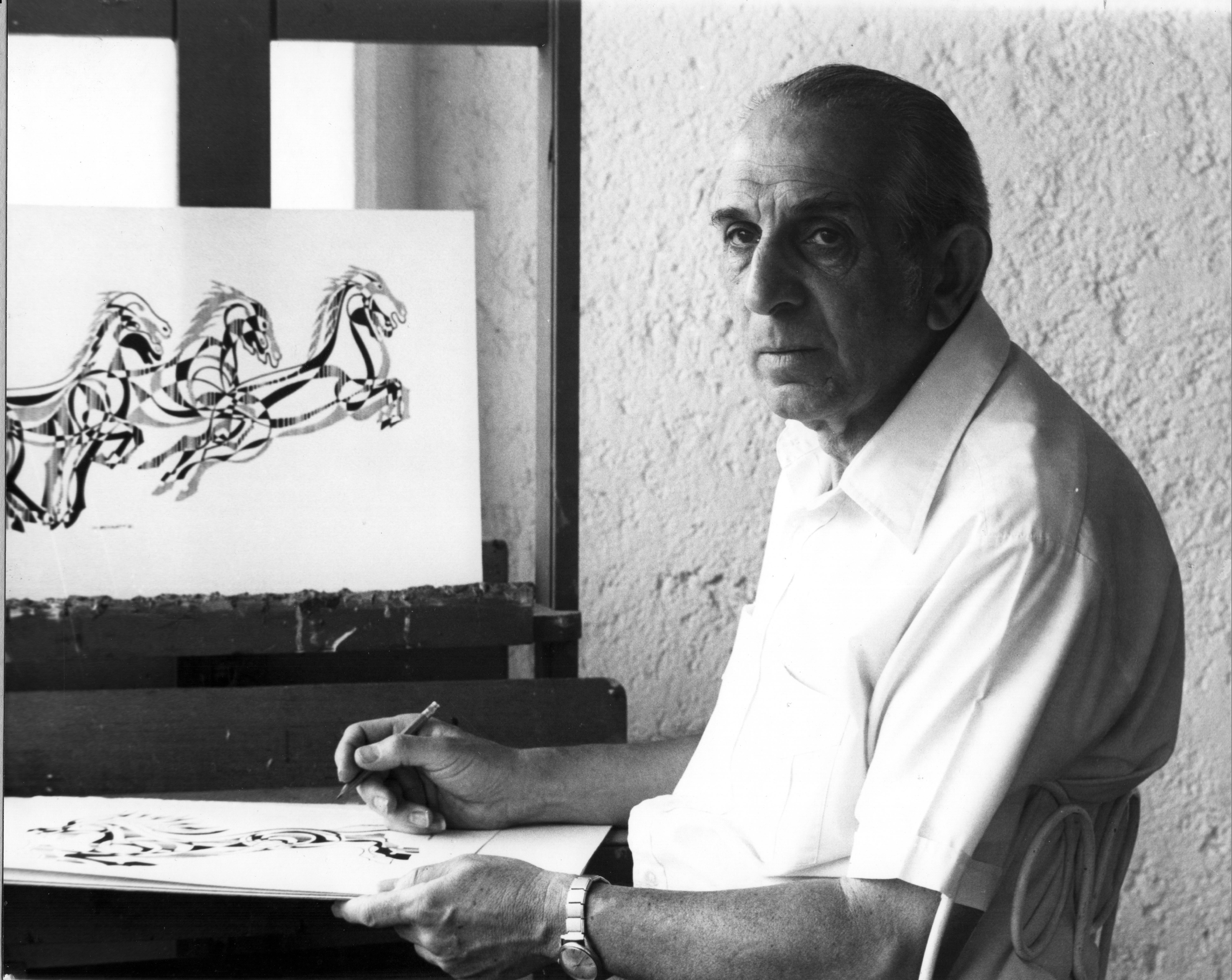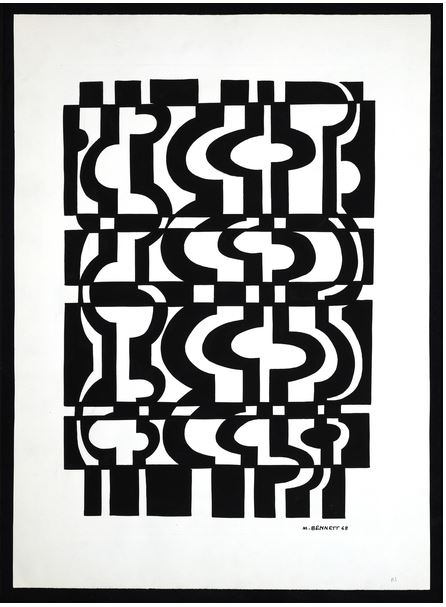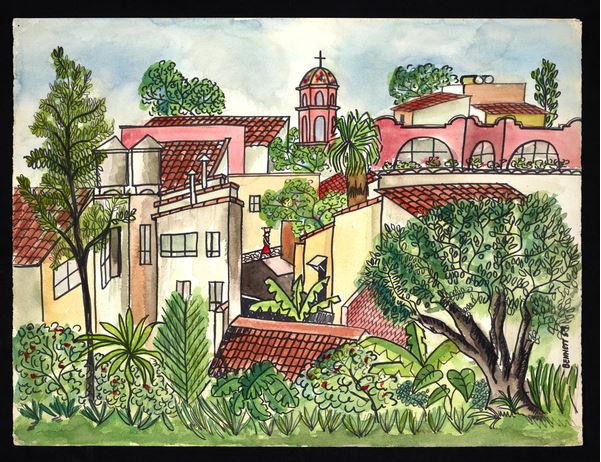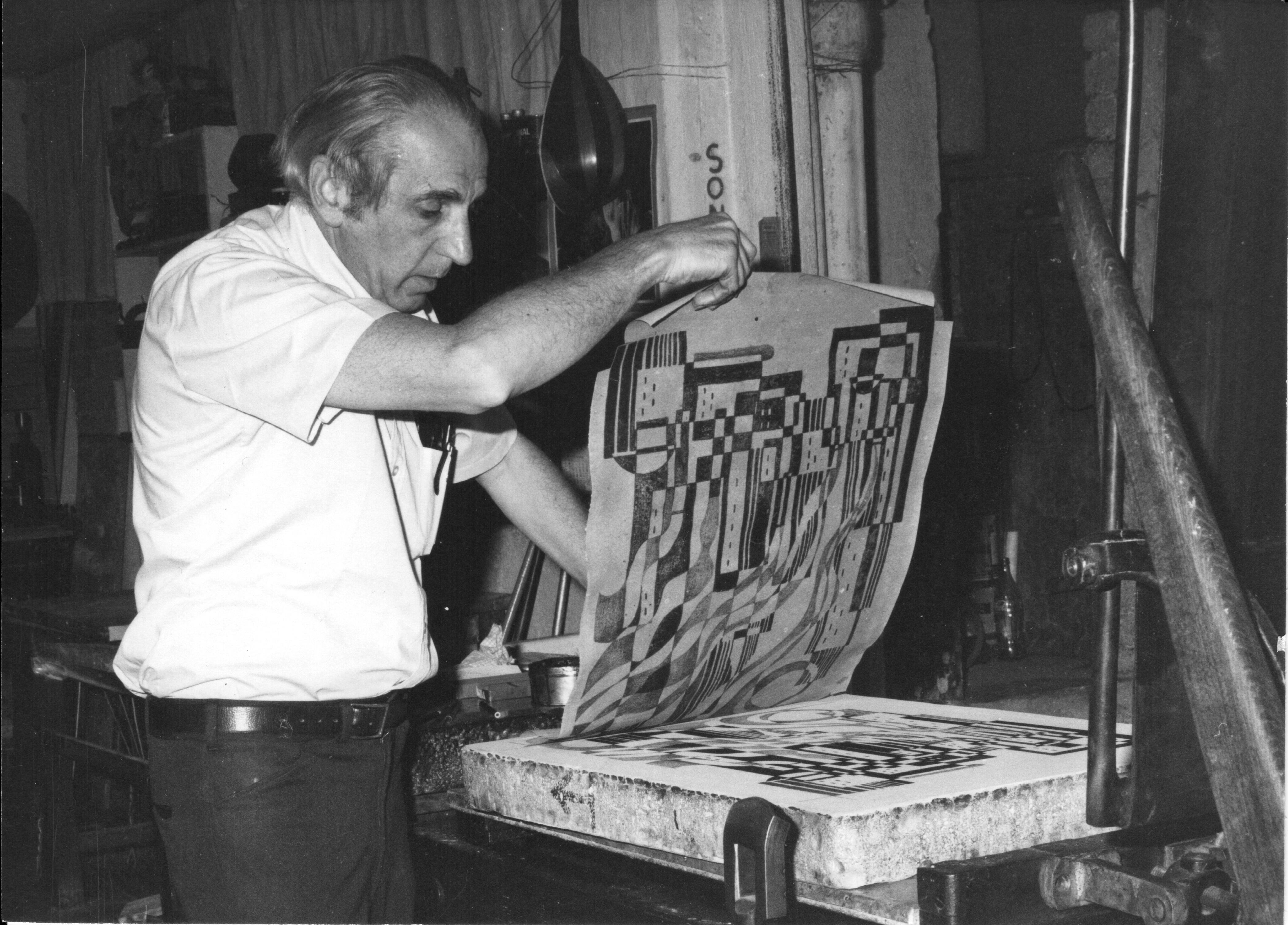Published 21/08/2017
Bridgeman Studio speak to artist Manuel Bennett on his painting and printmaking, his artistic donations and his favourite artists.
What is your earliest memory of an artwork and who was it by?
The first time that I remember seeing artwork was when I was about 4 years old. I remember seeing wonderful drawings of horses in the newspaper that were a reproduction of black and white art. But it was the geometric, flowered, and aviary marquetry patterns that my father did in wood that impressed me so much and inspired me to become an artist.

You studied in Mexico, can you tell us about that time and the artists you met whilst you were there?
Diego Rivera and Siqueiros were both teacher-lecturers at La Esmeralda, where I was a student. There, I worked in the studio where Diego Rivera, Raúl Anguiano, Francisco Zúñiga, David Alfaro Siqueiros, Pablo O’Higgins and other famous Mexican artists worked regularly.
I worked on a mural with Siqueiros, and with José Gutierrez, the man who made the paints for famous muralists, including Tamayo.

|

|
What is your favourite time of day to be in your studio?
I don't have a favourite time to create art; whenever I get an idea, be it during the day or in the middle of the night, I stop what I'm doing and create art.

Tell us about how you developed the process of the pholage?
Pholage was an extension of collage, a process developed by Picasso and other modern artists, that is a combination of fabric, paper, and other mediums pasted to a backing. I was looking for a method for assembling various mediums, including photographs, into a single artwork that could be easily reproduced. Instead of merely mounting pieces of coloured paper and other materials to make one original, I achieved complete control of the medium by first making a negative using film or film cutouts, called photograms. These were taped together to create the pattern desired. This then became the negative of only a part of the print. For each colour, another combination of forms was created.
When necessary, I made additional drawings which I combined with the negatives to produce the desired effect. In this way, original copies were made using all the reproduction methods available in the graphic arts.

|

|
You have donated a number of sculptural works for humanitarian causes, including to Hiroshima in Japan - how did this come about?
The first artwork that I donated was to Yeshiva University in New York City. We spent time in New York City with a long-time friend and retired high school teacher. Through her, we met the director of the university museum, who offered us a show at the inauguration of their new location. For that show, we donated a sculpture of Noah's Ark to the university.
About a year later, my son helped to arrange to return some seeds from the cherry blossom trees that had been donated to Washington, D.C., years before, to their original home in Hiroshima because so many of their trees had died in the bombings there.
They held a ceremony with the theme of "Building Bridges," for which I offered to design a sculptural bridge. We later found out that it was the first artwork done by an American artist gifted to Japan since the Second World War. That sculpture is still displayed in the Hiroshima Convention Center, in their Ground Zero.
Those two donations began a long string of donations of my art to humanitarian causes.

How do you find your printmaking practice runs alongside your painting practice? Do you find that one inspires the other?
Yes, the two arts have always impacted each other. I developed my own signature style of art based on contour lines in 1958. This line-focused style has impacted all my painting, sculpture, and printing.

If you could pick 4 artists, dead or alive, to have dinner with who would they be and why?
I would love to meet Pablo Picasso because of his inventive brilliance. I would like to discuss use of vibrant colours with Vincent Van Gogh. The way that Goya depicted the evil aspects of human beings fascinates me. Leonardo Da Vinci has always been a model for me because of the way that he used his art to research and develop scientific inventions.
See all images by Manuel Bennett on the Bridgeman website available for licensing.


